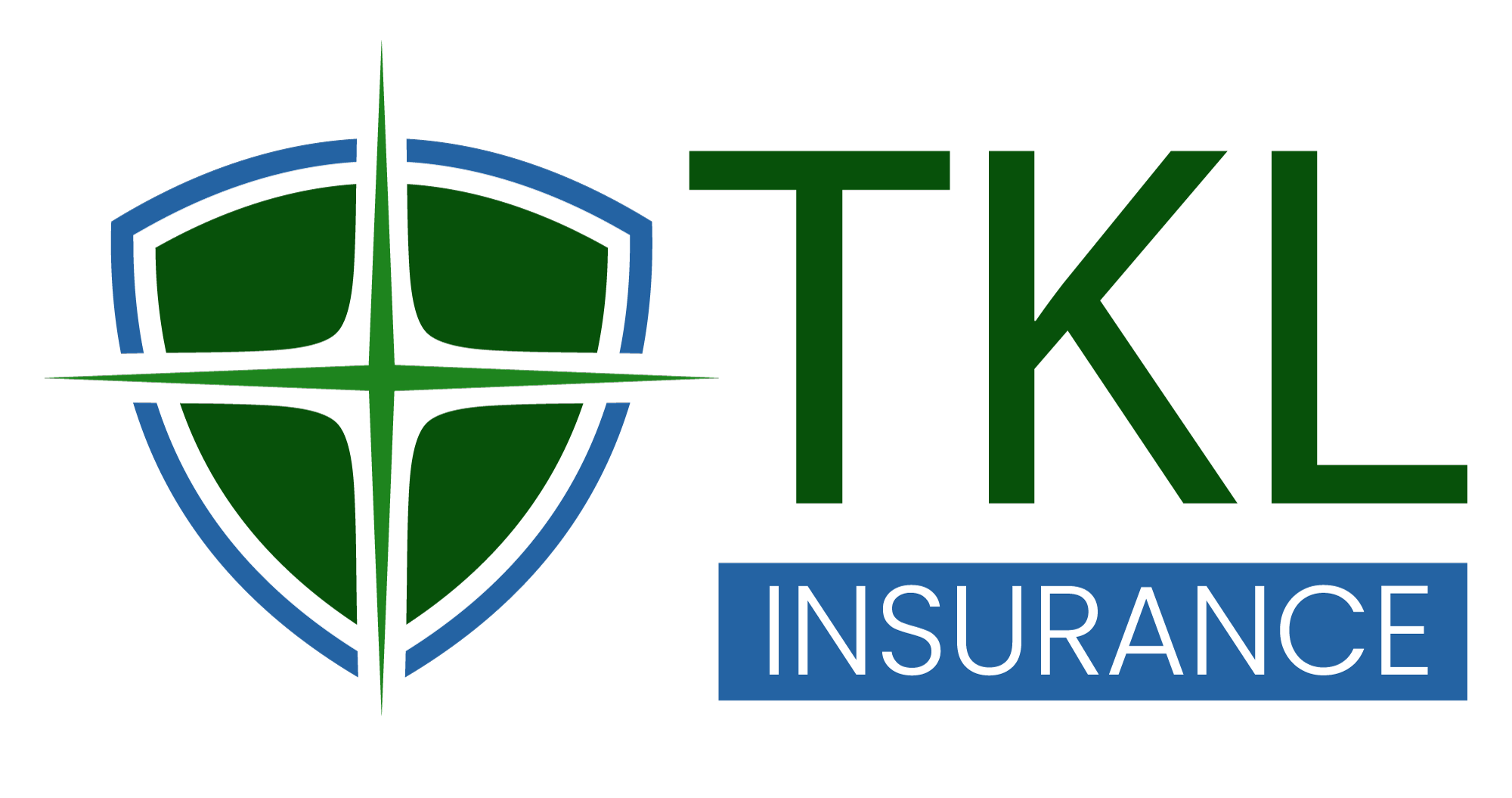Best car insurance for a 20-year-old male

lemonade car insurance reviews
January 5, 2024
young drivers face £3000 cost for car insurance
January 19, 2024Table of Contents
ToggleA Guide for Finding the Best Car Insurance for a 20-year-old male
1. Introduction
Car insurance for 20-year-olds is typically more expensive than for older drivers. This is because young drivers are statistically more likely to get into accidents. However, there are a few things that should be considered while Finding the Best Car Insurance for a 20-year-old male
To get the right car insurance for a 20-year-old male, it is imperative to consider key factors such as cost, coverage scope, and the quality of customer service the insurance provider provides. Young drivers usually pay more because they don’t have much driving experience, and some people think they might have more accidents.
First, it is important to shop around for quotes from different insurance companies. Don’t just go with the first company you find. Second, take advantage of any discounts that you may qualify for, such as good student discounts, good driver discounts, and discounts for living with family.
Finally, consider raising your deductible. This will mean that you will have to pay more out of pocket if you do get into an accident, but it will also lower your monthly premiums. By following the above tips, a 20-year-old male can get the best car insurance rates and save money.

2. Things That Affect Your Car Insurance.
A. Your Age and Money:
Being 20 might make your insurance cost more. Insurance companies see young drivers as a bit risky, so they charge more.
B. How You Drive:
If you drive carefully and don’t have accidents, it can help keep your insurance costs down.
C. Picking the Right Car:
Some cars cost more to insure. If you choose a safe and reliable car, it can save you money.
3. Checking Out Different Insurance Companies
A.Looking at Companies:
There are many insurance companies. Some popular ones are Geico, Progressive, and State Farm, but it’s good to check out others too.
B. Understanding Insurance:
Learn about the different types of coverage each company offers. This helps you pick what you need.
C. What People Say:
See what other people say about the insurance companies. If they’re happy, that’s a good sign.
4. How to Save Money on Insurance
A. Getting Discounts:
Some companies offer discounts for good students or safe drivers. Taking driver education courses can also save you money.
B. Tips for Paying Less:
Drive responsibly, keep a good credit score, and bundle your insurance with other policies to pay less.
C. Bundling Up:
Bundling means getting more than one type of insurance from the same company. It often makes your total cost lower.
5. Things to Think About as a Young Driver
A. Drive Safely:
Being a responsible driver not only keeps you safe but also helps you pay less for insurance in the long run.
B. Learn More:
Use educational resources and programs made for young drivers. They can teach you the important stuff.
C. Credit Scores Matter:
Your credit score affects your insurance cost. Keeping it good can make your insurance cheaper.
6. Real Stories from Males Like You
A. Hearing Real Stories:
Read about people who found good and affordable car insurance. Their experiences can help you.
B. Learning from Others:
See what others did and learn from them. It’s like having friends give you advice.
7. Tips for Getting the Best Car Insurance
A. Shop Around:
Don’t stick with the first insurance you find. Look at different options and pick the one that fits you best.
B. Ask an Expert:
Talk to insurance agents. They know a lot and can help you understand things better.
C. Use Online Tools:
There are tools online that make it easy to compare insurance options. Take advantage of them.
8. Wrapping It Up
To sum up, finding good car insurance when you’re 20 takes some thought. Learn about it, use discounts, and listen to others’ stories. This way, you can cruise down the road with insurance that works for you.
9. More Help and Info
A. Useful Websites:
Check out websites that can help you compare insurance options.
B. Stay Updated:
Keep yourself in the loop about changes in insurance rules and what’s happening in the insurance world.
Why Car Insurance Is costly for 20-Year-Olds?
Car insurance tends to be costly for 20-year-olds due to statistical factors, even if they are safe drivers. According to the AAA Foundation for Traffic Safety, individuals aged 20 to 24 had 74% more accidents than those aged 30 to 39 in 2014 and 2015. The likelihood of filing a claim influences insurance premiums, with age being a significant factor in this calculation.
To mitigate costs, here are some tips for 20-year-olds:
- Shop Around: Compare car insurance quotes from different companies to identify more affordable options, as each company employs distinct formulas.
- Find Discounts: Explore discounts that are tailored for young drivers, such as good student discounts, safe driving discounts, and military discounts, which can substantially reduce premiums for them.
- Choose the Right Coverage: Adjusting coverage and deductible levels directly impacts costs. Opt for coverage that suits your needs and adjust your deductible to save money.
- Consider Your Car Choice: Selecting a used vehicle without a loan can lower insurance costs, particularly if comprehensive or collision coverage requirements are minimal.
- Keep a Clean Record: Maintaining a clean driving history is crucial, as accidents can lead to significant increases in insurance rates, especially for young drivers. Eligibility for good driver discounts is contingent on a clean record.
- Maintain Good Credit: In many states, credit scores influence insurance rates. A good credit score can secure better rates, emphasizing the importance of responsibly managing credit.
In summary, although car insurance may be expensive for 20-year-olds, proactive measures such as shopping around, leveraging discounts, adjusting coverage, choosing the right car, maintaining a clean record, and managing credit responsibly can substantially reduce costs, making insurance more affordable.
Best Car Insurance Companies for 20-Year-Olds.
If you’re 20 years old and looking for the best car insurance, we’ve got you covered. Our top picks include State Farm, USAA, Geico, Erie Insurance, and Liberty Mutual. These companies are not only affordable for young drivers but also offer various benefits.
-
State Farm
State Farm is our top choice, thanks to its excellent customer experience. They stand out with a generous good student discount, up to 25%. Even after graduating from college, drivers can still enjoy this discount until they turn 25. State Farm’s Steer Clear® program is an educational app offering quizzes and driver training modules, providing additional discounts upon completion.
-
Geico
Geico is known for its affordability, making it one of the cheapest options for 20-year-olds. With low average rates and diverse coverage options, Geico also offers useful discounts such as a 15% good student discount and a driver’s educational course discount. Their telematics insurance program, DriveEasy, allows good drivers to save money based on their driving habits.
-
USAA
USAA stands out for offering rates that are 30% to 40% cheaper than the national average for young drivers. If you’re in the military, a veteran, or have parents in the military, you may qualify. Beyond low prices, USAA has a strong customer service reputation, scoring high in satisfaction studies. They outscored every other insurer in both the J.D. Power 2022 U.S. Auto Claims Satisfaction Study and the U.S. Auto Insurance Study.
-
Erie Insurance
Erie Insurance is another affordable option, with rates up to 40% cheaper than the national average for young drivers. It performs well in J.D. Power studies, particularly in the Auto Claims Satisfaction Study. However, to take advantage of Erie’s low rates and good customer service, you need to live in Washington, D.C., or one of the 12 specified states.
-
Liberty Mutual
Liberty Mutual offers affordable car insurance for young drivers through various discounts and programs. They have a good student discount and a student-away-at-school discount. Additionally, their usage-based insurance program, RightTrack®, allows good drivers to save up to 30% on car insurance rates by tracking driving habits without raising the base rate for not-so-good drivers.
Choosing the right car insurance is crucial, and these companies stand out for their affordability and additional perks tailored for 20-year-olds. Learn more about each provider in our detailed reviews.

Conclusion:
In conclusion, finding the best car insurance for 20-year-olds involves considering options like State Farm, USAA, Geico, Erie Insurance, and Liberty Mutual. Each company offers unique benefits, from State Farm’s focus on a positive customer experience to Geico’s affordability and variety of coverage options. USAA stands out for its military advantage and exceptional customer service, while Erie Insurance impresses with regional excellence, providing affordable rates in specific areas. Liberty Mutual offers diverse programs, including discounts for good students and a usage-based insurance option. Choosing the right insurance is like picking your road, and it’s crucial to explore discounts, coverage options, and customer satisfaction to find the perfect match. While these companies are great starting points, it’s essential to compare and consider individual needs for a road to affordable and reliable car insurance.
Frequently Asked Questions:
What is the cheapest insurance for a 20-year-old?
The cheapest car insurance options for a 20-year-old are provided by USAA, Geico, and AAA. These companies offer rates as low as $899 per year for the average 20-year-old driver. In contrast, the average car insurance company typically charges 20-year-olds approximately $1,391 per year.

Why is car insurance so expensive for 20-year-olds?
Typically, younger drivers possess less driving experience, making them a higher risk for insurance companies. Recognizing this, insurers often charge younger drivers more than their older and more experienced counterparts.
How much is car insurance for a 20-year-old female per month?
On average, 20-year-old men pay around $3,561 per year for car insurance, whereas 20-year-old women pay an average of $3,127 per year. This reflects a 12% difference in premiums between genders. Additionally, average annual premiums vary by age; for instance, at 30 years old, women pay an average of $1,667, while men pay slightly more at $1,697.





